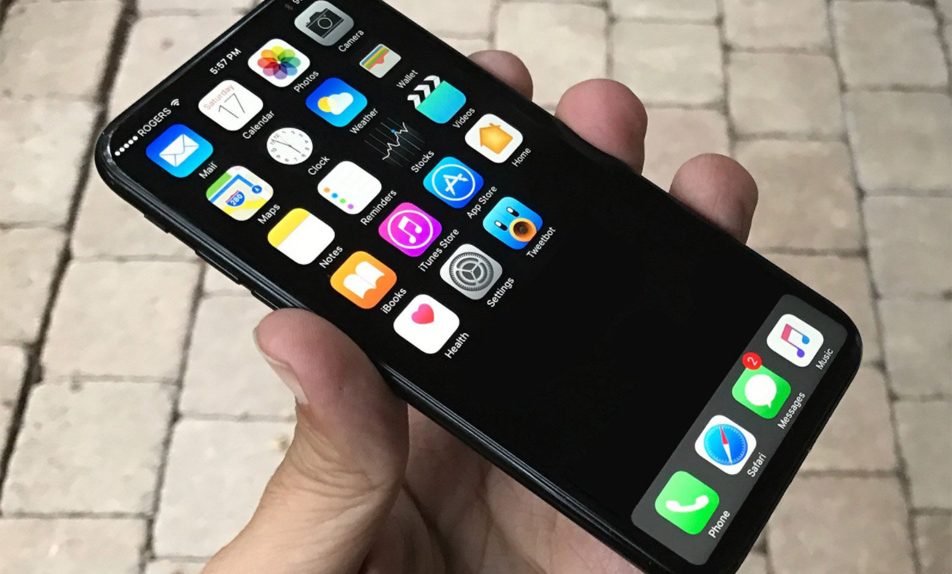Seeing as how the iPhone’s industrial design has remained largely unchanged since the iPhone 6, the anticipation for Apple to deliver a groundbreaking new design has been steadily building for quite some time. Not one to disappoint, it’s widely believed that Apple’s 2017 iPhone — which may be called the iPhone 8 — will finally give iPhone owners happy with their current device a compelling reason to upgrade.
With the iPhone 8, it’s widely believed that Apple’s flagship iPhone model will incorporate a wraparound OLED display, with some reports adding that there may be specialized sensors on the side of the device. What’s more, credible sources have also relayed that the iPhone 8 will feature a nearly edgeless display with incredibly narrow bezels.
To this point, well-connected Apple observer John Gruber said the following about Apple’s 2017 iPhone just a few months back:
And there have been some rumors, I guess, but what I’m saying is that I’ve heard this independently and it is completely getting rid of the chin and forehead of the phone. The entire face will be the display. And the Touch ID sensor will be somehow embedded in the display. The front-facing camera will somehow be embedded in the display. The speaker, everything. All the sensors will somehow be behind the display.
Apple’s transition to OLED displays is certainly exciting. Not only are OLED displays incredibly thin and light, they also provide astonishingly rich and vivid colors. What’s more, OLED displays are much more energy efficient than their LCD counterparts.
That said, OLED panels do come with some drawbacks, not the least of which is that they are much more expensive to manufacture. That being the case, a recent analyst note from Cowen & Company analyst Timothy Arcuri (obtained via AppleInsider) relays that Apple’s decision to opt for OLED panels on the iPhone 8 will affect the company’s precious profit margins. Specifically, Arcuri speculates that Apple during the March quarter will incur $50 million more in expenses as a result of its OLED-based iPhone design.
Apple certainly has the cash to spare, but it’s no secret that Apple in recent months has been trying to boost its profit margins any way it can. Indeed, the company’s current lawsuit with Qualcomm is rooted in its desire to squeeze even more profits out of every iPhone it sells.








